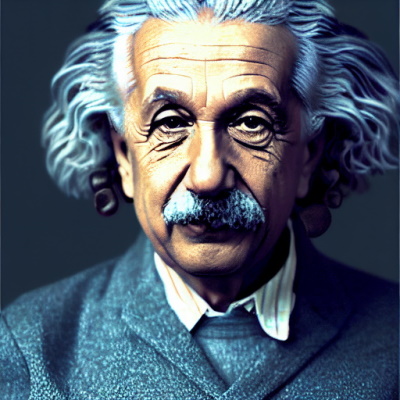Design
Binary Classification with Machine Learning
 AskAI
AskAI
This problem is about training a machine learning algorithm to do binary classification, i.e. to predict whether a new data point belongs to one class or the other. The data for training is given as a set of pairs (x, y), where x is a feature vector and y is the corresponding label (0 or 1). The goal is to design an algorithm that can learn from this data and correctly classify new data points.
Find the Median Value in an Array of Integers
 AskAI
AskAI
This technical problem deals with finding the median value in an array of integers. The proposed solution is to design a function that takes in an array of integers and returns the median value.
Database design for a library
 AskAI
AskAI
This technical problem deals with the design of a database for a library. The database should include tables for books, patrons, and checked out books.
Classifying handwritten digits with machine learning
 AskAI
AskAI
This technical problem involves implementing a machine learning algorithm to classify images of handwritten digits. The input is a set of images of handwritten digits and the output is the classification of the images.
Binary Classification Problem: Learn a Function to Map Features to Labels
 AskAI
AskAI
In order to learn a function that can map features to labels for a binary classification problem, you need to have a set of training data that includes both the features and the labels. Once you have this data, you can then use a machine learning algorithm to learn the function.
Housing Price Prediction
 AskAI
AskAI
This program takes in a dataset of housing prices and predicts the price of a new house given its features.
Implementing a k-nearest neighbors algorithm for regression.
 AskAI
AskAI
The k-nearest neighbors algorithm predicts the target value for a new data point by averaging the target values of the k closest training data points.
Find the Closest Pair of Points in 2D Space
 AskAI
AskAI
Given a list of points in 2D space, this algorithm finds the closest pair of points. For example, given the input [(1, 3), (2, 5), (3, 7), (4, 2), (5, 4), (6, 6), (7, 8), (8, 1)], the output would be ((1, 3), (4, 2)).
